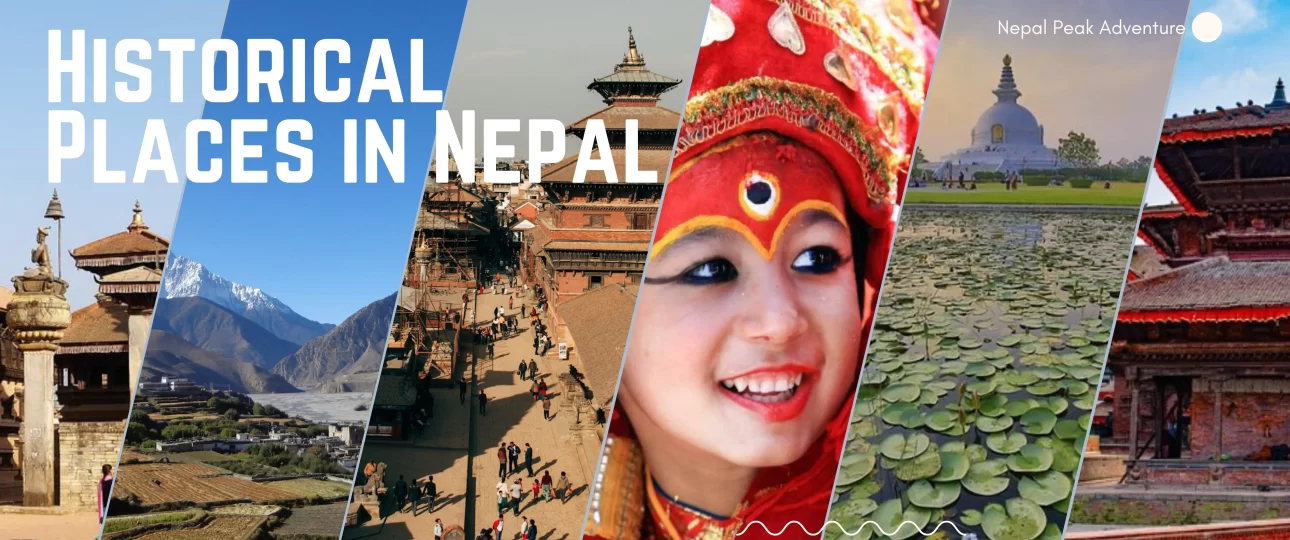Historical Places to Visit in Nepal
Come along on a fascinating journey through Nepal, a land filled with amazing historical treasures waiting to be explored. Nestled in the mighty Himalayas, Nepal is like a giant museum full of ancient wonders.
Picture yourself strolling through the busy streets of Kathmandu, where you can see old temples and palaces with beautiful carvings. Then, imagine walking through Bhaktapur Durbar Square, where kings and queens used to live, leaving behind stunning buildings that still stand today.
But wait, there’s more! Lumbini is a special place in Nepal because it’s where Buddha was born. The Maya Devi Temple there is very peaceful and reminds us of Buddha’s teachings.
And let’s not forget about Kagbeni, a small village hidden in the mountains. It’s like stepping back in time with its old buildings and monasteries perched on cliffs.
In this blog, you will find out the most interesting Historical Places to visit in Nepal that you may add to your bucket list.
- Kathmandu Durbar Square
- Bhaktapur Durbar Square
- Patan Durbar Square
- Lumbini
- Kagbeni
- Pashupatinath Temple
Kathmandu Durbar Square
Kathmandu Durbar Square is a fascinating historical site located in the heart of Kathmandu, Nepal’s bustling capital city. This square is like a treasure trove of ancient Nepalese architecture and culture.
As you enter the square, you’ll be greeted by a mesmerizing array of temples, palaces, courtyards, and statues, each telling its own story of Nepal’s rich history.
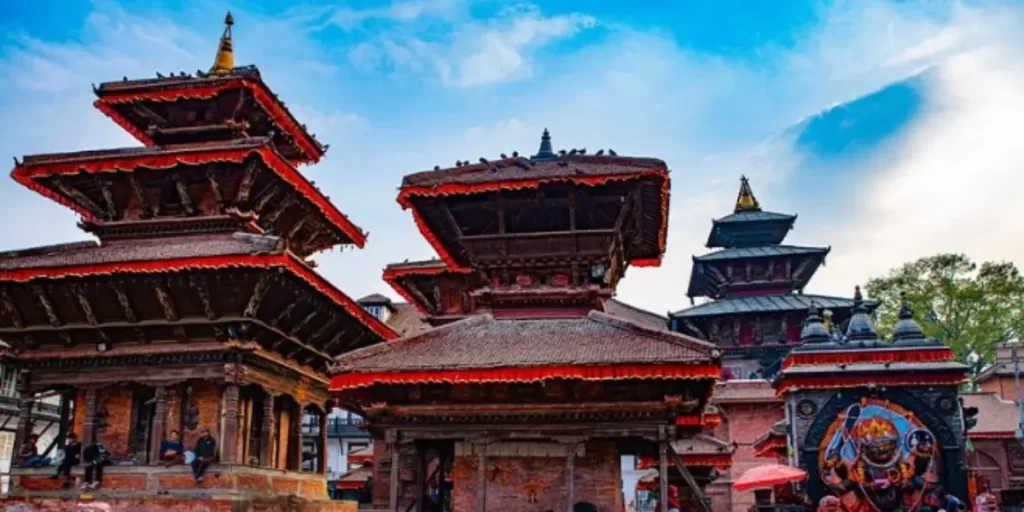
The architecture here is a blend of traditional Nepali, Newar, and Malla styles, showcasing intricate wood carvings, delicate metalwork, and exquisite stone craftsmanship.
One of the highlights of Kathmandu Durbar Square is the Hanuman Dhoka Palace, the former royal residence of the Malla kings. This impressive palace complex is adorned with ornate carvings and houses several museums displaying artifacts from Nepal’s royal past.
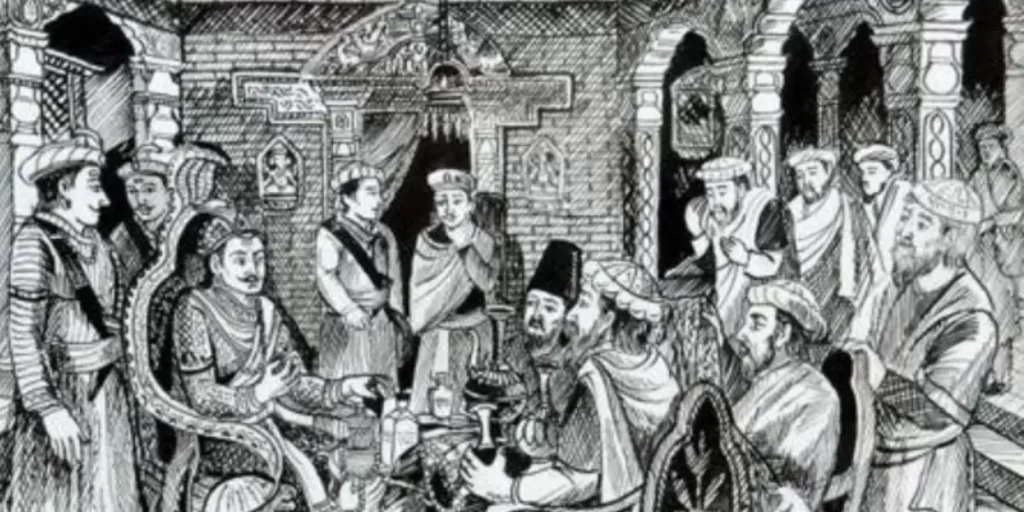
Another must-see attraction within the square is the Kumari Ghar, home to the Living Goddess or Kumari of Kathmandu. Visitors often gather here to catch a glimpse of the Kumari, a young girl revered as a living deity in Nepalese culture.

Throughout the square, you’ll also find numerous temples dedicated to various Hindu deities, such as Taleju Bhawani, Kal Bhairav, and Shiva Parvati. These temples are not only places of worship but also architectural marvels adorned with intricate carvings and sculptures.
Kathmandu Durbar Square is not just a historical site; it’s a vibrant hub of cultural activities, festivals, and rituals that have been celebrated for centuries. Visitors can immerse themselves in the lively atmosphere, explore the narrow alleys filled with shops and eateries, and witness the daily rhythms of Nepalese life.
Bhaktapur Durbar Square
Bhaktapur Durbar Square is an enchanting historical site nestled in the ancient city of Bhaktapur, located in the Kathmandu Valley of Nepal. This UNESCO World Heritage Site is renowned for its well-preserved medieval architecture, intricate wood carvings, and vibrant cultural heritage.
As you step into Bhaktapur Durbar Square, you’ll feel like you’ve been transported back in time to the era of the Malla kings, who once ruled over this majestic city. The square is a sprawling complex of temples, palaces, courtyards, and statues, each boasting its own unique charm and significance.
One of the most iconic landmarks within Bhaktapur Durbar Square is the 55-Window Palace, an architectural masterpiece adorned with elaborately carved windows, doors, and pillars. This palace served as the royal residence of the Malla kings and now houses the National Art Gallery, showcasing exquisite artwork and artifacts from Nepal’s history.
Ranjit Malla (1722-1769) – King Ranjit Malla ruled Bhaktapur for 47 years from 1722 AD and contributed the most adored masterpiece in Bhaktapur Durbar Square.
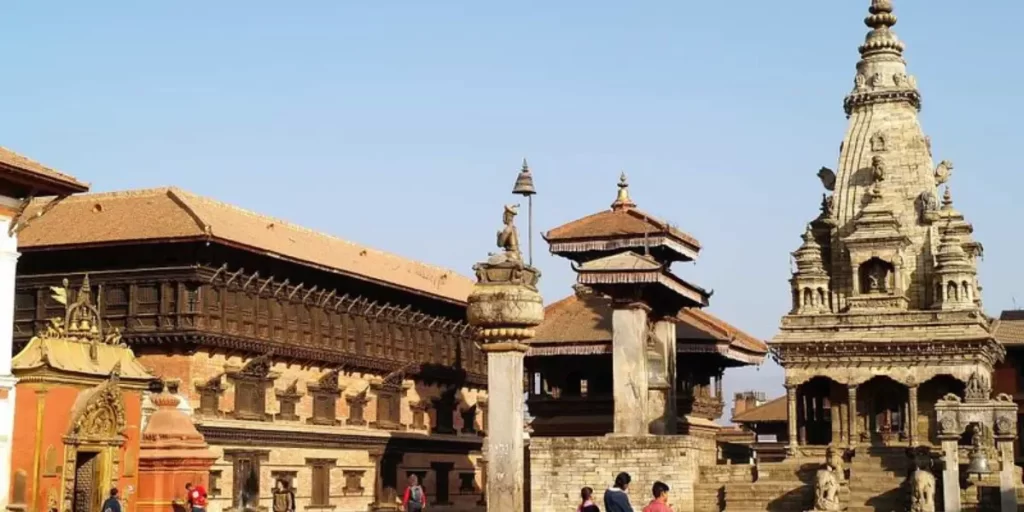
As you wander through Bhaktapur Durbar Square, you’ll encounter other notable temples such as the Bhairava Nath Temple, dedicated to the fierce deity Bhairava, and the Dattatreya Temple, believed to be the oldest temple in Nepal.
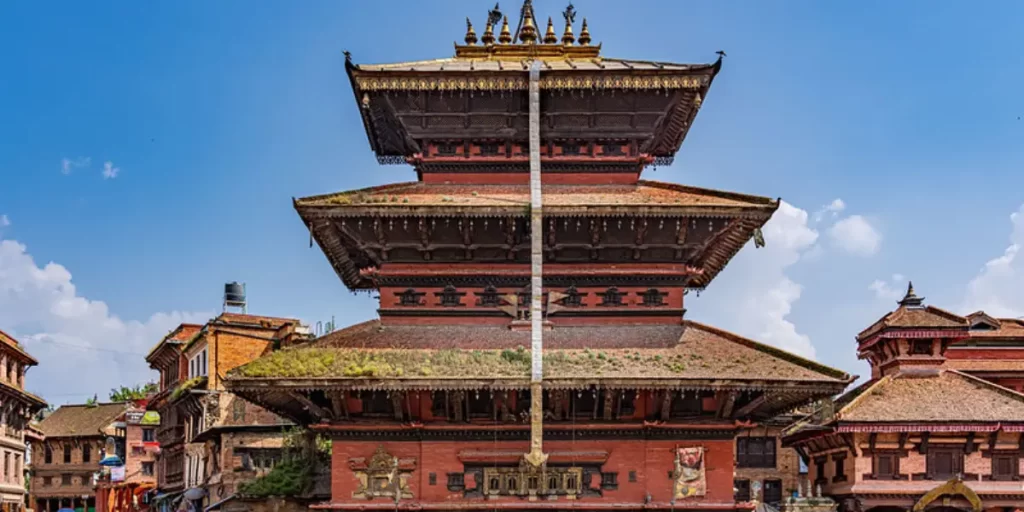
But Bhaktapur Durbar Square is more than just a collection of ancient buildings; it’s a living heritage site where traditional Newari culture thrives. Visitors can witness age-old rituals, festivals, and ceremonies that have been passed down through generations, providing a glimpse into the rich tapestry of Nepalese life.
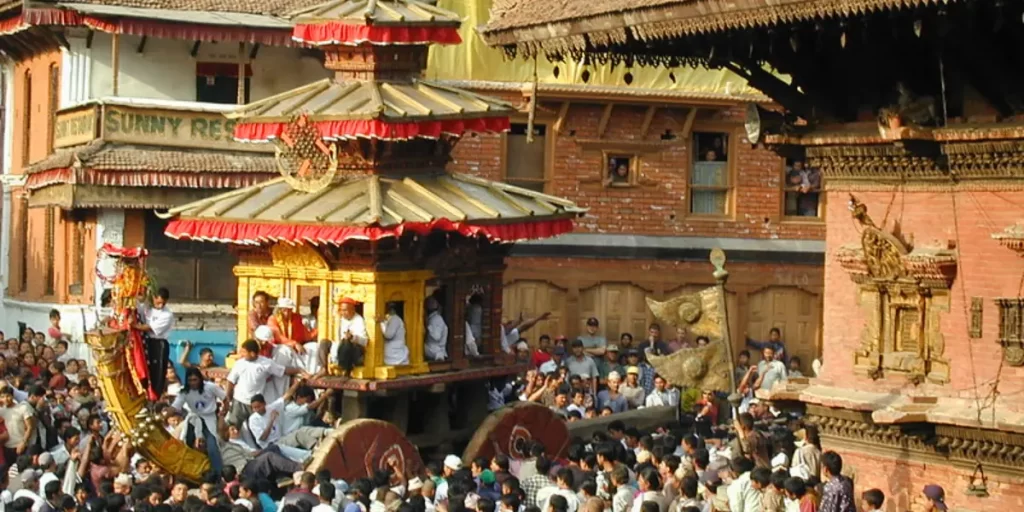
In addition to its cultural significance, Bhaktapur Durbar Square is also a bustling center of commerce, with bustling markets offering a variety of handicrafts, textiles, and local delicacies. Exploring the narrow lanes and alleys, visitors can immerse themselves in the sights, sounds, and flavors of this vibrant city.

Patan Durbar Square
Patan Durbar Square is a captivating historical site located in the city of Patan, also known as Lalitpur, in the Kathmandu Valley of Nepal. This UNESCO World Heritage Site is celebrated for its exquisite Newari architecture, ancient temples, and rich cultural heritage.
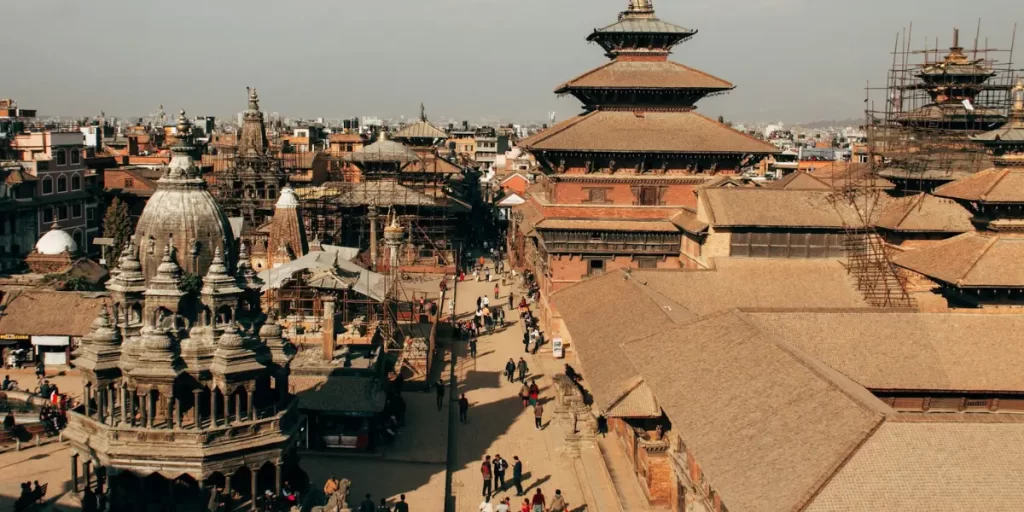
The square serves as the heart of Patan’s old town, where the legacy of the Malla kings who once ruled this region still echoes through the cobblestone streets. King Siddhi Narsingh Malla was the first King from the Malla dynasty to rule Patan.
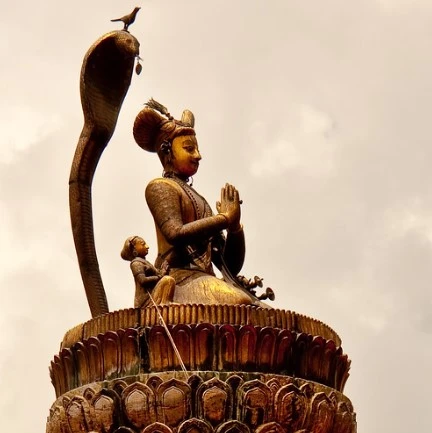
One of the most prominent landmarks within Patan Durbar Square is the Patan Museum, housed in the former presidential palace of the Malla kings. This museum showcases a stunning collection of sculptures, paintings, and artifacts, offering insights into the rich cultural heritage of the Kathmandu Valley.

Another highlight of the square is the Krishna Mandir, a masterpiece of Newari architecture dedicated to Lord Krishna. This ornately carved temple is adorned with intricate sculptures depicting scenes from Hindu mythology, making it a favorite destination for both pilgrims and art enthusiasts.
Lumbini
Lumbini, located in the Rupandehi District of Nepal, is one of the most sacred pilgrimage sites for Buddhists around the world. This UNESCO World Heritage Site holds immense significance as it is believed to be the birthplace of Siddhartha Gautama, who later became known as Lord Buddha.
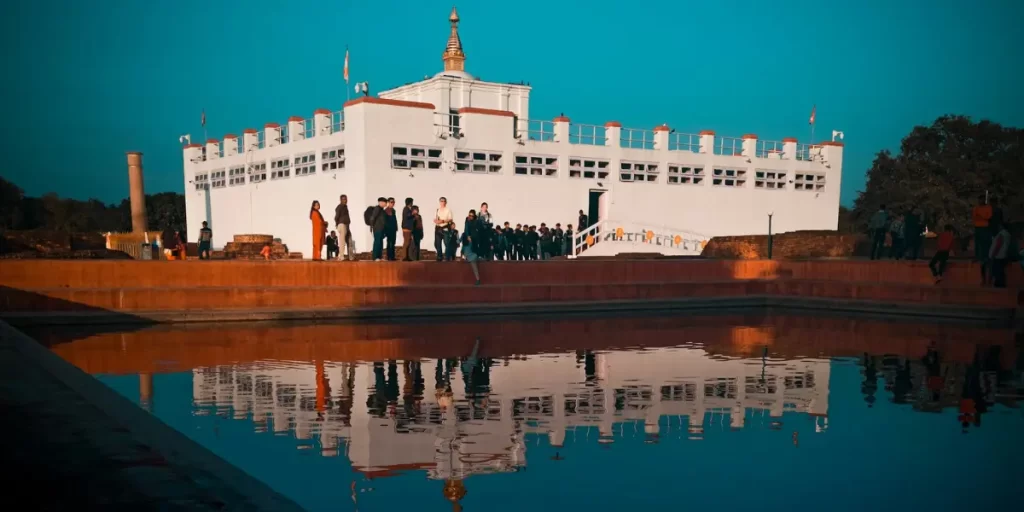
Visiting Lumbini is like stepping into a serene oasis of spirituality and tranquility. The centerpiece of the site is the Maya Devi Temple, which marks the exact spot where Queen Maya Devi is said to have given birth to Prince Siddhartha under a sacred sal tree. Pilgrims from all corners of the globe come to pay their respects at this sacred site and to meditate in the peaceful ambiance that pervades the area.
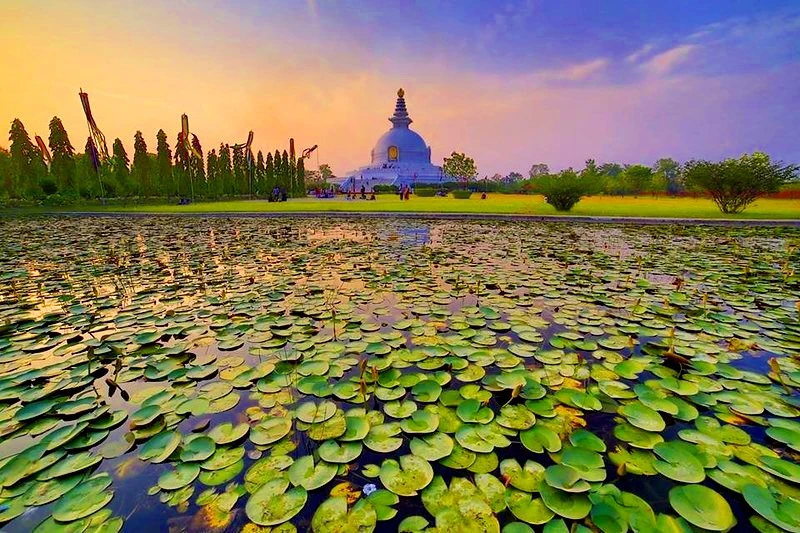
Surrounding the Maya Devi Temple are numerous monasteries built by Buddhist communities from various countries, each showcasing unique architectural styles and designs. These monasteries serve as places of worship, meditation, and study, contributing to the spiritual vibrancy of Lumbini.
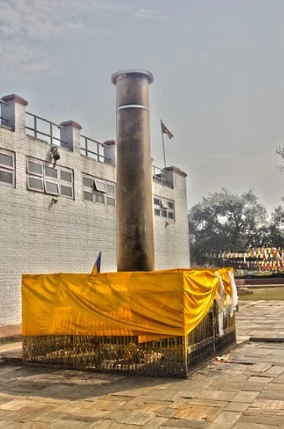
One of the most iconic features of Lumbini is the Ashoka Pillar, erected by Emperor Ashoka in the 3rd century BCE to commemorate his pilgrimage to the birthplace of Lord Buddha. This ancient pillar stands as a testament to the enduring legacy of Buddhism and the reverence it commands worldwide.

Lumbini is not just a pilgrimage site; it’s a place of profound spiritual awakening and reflection. Visitors can explore the tranquil gardens, walk along the sacred pathways, and participate in meditation sessions led by Buddhist monks, immersing themselves in the teachings of compassion, wisdom, and inner peace that Buddha imparted to the world.
Kagbeni
Kagbeni is a picturesque village nestled in the Mustang region of Nepal, situated at an altitude of approximately 2,804 meters (9,186 feet) above sea level. This ancient village holds a special place in Nepalese history and culture, offering visitors a glimpse into a bygone era and the unique lifestyle of the Tibetan-influenced community.
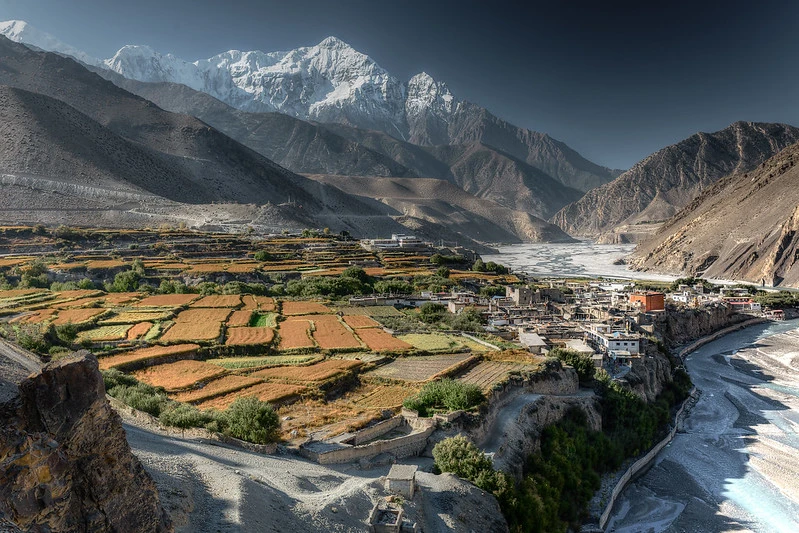
One of the most striking features of Kagbeni is its location at the confluence of two rivers, the Kali Gandaki and the Jhong Khola. This strategic location has made Kagbeni a significant trading hub and a resting place for travelers journeying between Nepal and Tibet for centuries.
One of the most striking features of Kagbeni is its location at the confluence of two rivers, the Kali Gandaki and the Jhong Khola. This strategic location has made Kagbeni a significant trading hub and a resting place for travelers journeying between Nepal and Tibet for centuries.
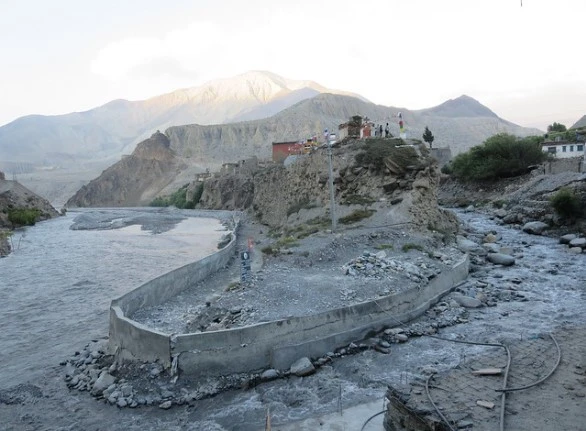
Perched on a hill overlooking the village is the ancient Kag Chode Thupten Samphel Ling Monastery, also known as the Kagbeni Monastery. This centuries-old monastery is a focal point of spiritual life in Kagbeni, where monks gather to study, meditate, and perform religious ceremonies. Visitors are welcome to explore the monastery and witness the rituals that have been passed down through generations.
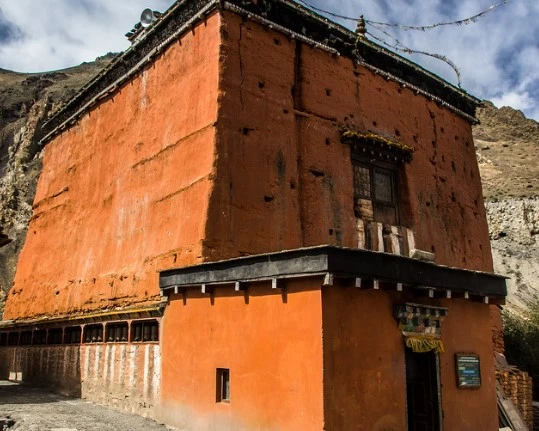
For adventurous travelers, Kagbeni serves as a gateway to the Upper Mustang region, a remote and mystical land often referred to as the “Last Forbidden Kingdom.” Trekking routes from Kagbeni lead to ancient Tibetan villages, hidden monasteries, and breathtaking landscapes dotted with ancient caves and cliffside dwellings.
Pashupatinath Temple:
Pashupatinath Temple is a sacred Hindu temple located on the banks of the Bagmati River in Kathmandu, Nepal. This revered temple is dedicated to Lord Shiva, one of the principal deities in Hinduism, and is considered one of the holiest pilgrimage sites for Hindus around the world.
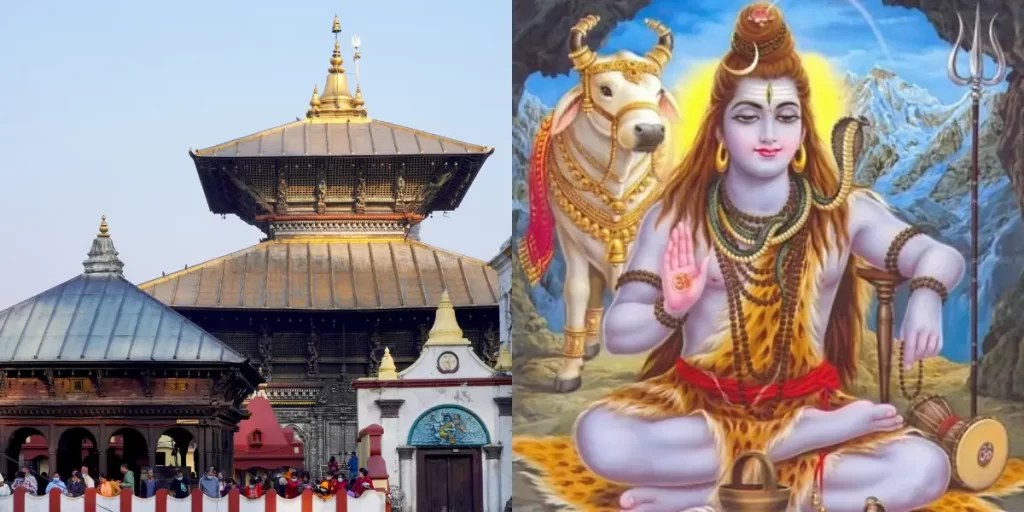
The temple complex of Pashupatinath is an architectural marvel, characterized by its pagoda-style temples, intricate wood carvings, and sacred shrines. The main temple, dedicated to Lord Pashupatinath, is adorned with golden roofs and silver doors, exuding an aura of divine splendor.
Within the temple area, visitors can witness a vibrant tapestry of religious rituals, ceremonies, and prayers that take place throughout the day. Devotees gather to offer prayers, light incense, and make offerings to Lord Shiva, seeking his blessings for health, prosperity, and spiritual fulfillment.
One of the most iconic features of Pashupatinath Temple is the sacred lingam, a symbol of Lord Shiva’s cosmic energy and creative power. The lingam is enshrined within the main temple sanctum, where it is worshipped with utmost reverence by devotees from all walks of life.
Another significant aspect of Pashupatinath Temple is its role as a cremation site for Hindus. Along the banks of the Bagmati River, funeral pyres burn day and night, as families bid farewell to their departed loved ones according to Hindu funeral rites. The atmosphere is solemn yet spiritual, with the sound of prayers and chanting mingling with the gentle flow of the river.
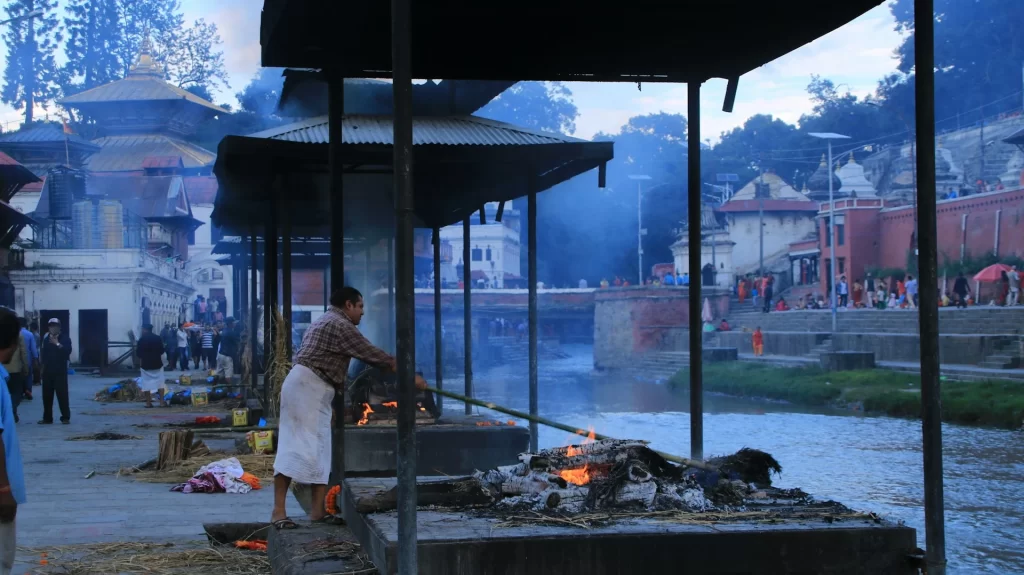
Beyond its religious significance, Pashupatinath Temple is also a cultural and historical landmark, with a rich tapestry of legends and myths associated with its origins. According to Hindu mythology, the temple is believed to have existed since ancient times, with references dating back to the Mahabharata and Puranas.
Conclusion:
In conclusion, Nepal boasts a wealth of historical treasures that captivate the imagination and offer profound insights into the country’s rich cultural heritage. From the bustling streets of Kathmandu Durbar Square to the serene tranquility of Lumbini, each destination offers a unique and immersive experience for travelers.
Together, these historical places form a tapestry of Nepal’s past and present, inviting visitors to embark on a journey of discovery and enlightenment as they explore the wonders of this remarkable country. Whether seeking cultural immersion, spiritual awakening, or outdoor adventure, Nepal’s historical sites offer an unforgettable experience that will leave a lasting impression on every traveler’s heart and soul.
